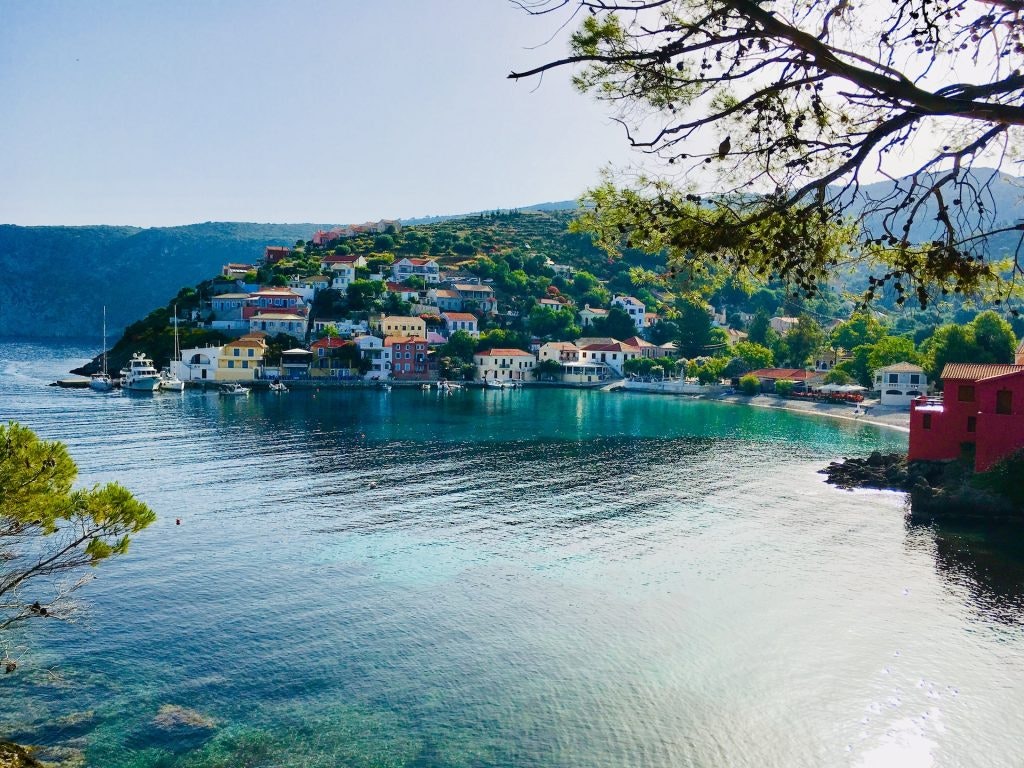We’re creating exciting new programs in Europe that combine the authentic and immersive experiences you expect from Rustic Pathways with some of the most popular travel destinations on the globe. Allow us to show you a side of Europe that you won’t see on typical tourist trips or television shows. Let’s go!
• Chaperoned — $450 + airfare
• Independent — $150 + airfare
• Book your own — $0
Your advisor will help you choose.
• Chaperoned — $450 + airfare
• Independent — $150 + airfare
• Book your own — $0
Your advisor will help you choose.
• Chaperoned — $450 + airfare
• Independent — $150 + airfare
• Book your own — $0
Your advisor will help you choose.
• Chaperoned — $450 + airfare
• Independent — $150 + airfare
• Book your own — $0
Your advisor will help you choose.
• Chaperoned — $450 + airfare
• Independent — $150 + airfare
• Book your own — $0
Your advisor will help you choose.
• Chaperoned — $450 + airfare
• Independent — $150 + airfare
• Book your own — $0
Your advisor will help you choose.
Why Europe is a Hot Destination
The wonders of Europe attract millions of travelers to the continent each year. The diverse landscapes make it unlike most other regions. Europe’s environmental contrasts are vast from the warm Mediterranean area to the ice-capped areas of nations like Norway.
These distinct geographical features are among the reasons the ancient Greeks adopted the idea of Europa. The Romans then influenced its culture as its empire spread across much of the present-day continent.
When the empire fell, conquering forces fought for control. This eventually led to the development of different languages and cultures across the continent.
Today Europe has 44 countries and 24 official languages. However, it’s estimated that as many as 200 languages are spoken across the continent.
In short, in Europe you don’t have to travel far to experience a plethora of cultures, landscapes and historical sites. Teens can dive into European life during immersive summer travel programs and group trips for schools.
Italy, Greece, Croatia, France, Germany and Spain
The canals in Venice, sea turtles on a Greek island, UNESCO World Heritage sites in Croatia – There are so many things to see in Europe.
Rustic Pathways currently has programs in Greece and Italy. We also offer school group trips to Croatia. Our summer travel programs to Croatia and France will return soon. Likewise, we are adding programs in Germany and Spain in the future.
What to Expect in Europe
Geography – A Continent with Diverse Landscapes
Europe is the second or third smallest continent, depending on how you count continents. The submerged area of Zealandia is smaller, and many scientists are calling it the eighth continent. Australia is also smaller.
Europe is bordered to the north by the Arctic Sea, the west by the Atlantic Ocean and the south by several seas, including the Mediterranean. Its eastern border is harder to define, but the Ural Mountains are commonly cited as a dividing point.
Russia, Turkey and Kazakhstan have land in Europe and Asia. Several European nations have islands located in other continents. There also are several faraway islands that are part of Europe, including Iceland.
The topography of the continent is diverse, including mountains, river basins, and rocky terrain formed by glaciers. There also is one rainforest in Europe in Bosnia-Herzegovina, called the Perućica Rainforest.
Fairytale Castles and More
Europe has some of the best preserved historical buildings. This includes thousands of castles and palaces, hundreds of cathedrals and innumerable government buildings and colosseums.
Famous sites include Germany’s Neuschwanstein Castle, the Acropolis in Greece, and St. Peter’s Basilica in Vatican City. However, sometimes you don’t have to visit the most famous spots to get a feel for the architecture. Rome’s world-renowned Colosseum is an example. While it’s an unforgettable destination spot, you can see amphitheaters in many other cities in Italy. This includes the impressive Arena in Verona, which is one of best preserved ancient structures and is still an active performance site.

Arena in Verona
Famous Art at Every Turn
Some of the world’s most renowned artists created their masterpieces in Europe. Most of their names are well-known including:
- Leonardo da Vinci
- Michelangelo
- Vincent van Gogh
- Pablo Picasso
- Claude Monet
In addition to their works, there are statues, paintings and other artworks on display that present various time periods. This includes works from the Byzantine, Medieval, Gothic, Renaissance, Baroque, Neoclassical, Modern, and Postmodern eras.
A Pleasant Climate in Most Places
Pleasant weather is one reason travelers love visiting Europe. Much of Europe has a mild, temperate climate. Winds from the Atlantic Ocean carry mild air across large portions of the northwest. And the Mediterranean Sea brings hot summers and mild winters to the south. Areas with harsher weather include the northern parts of Sweden and Norway that have subarctic climates.

European Monarchies that Still Reign
Britain’s royal family may get the most attention. But it’s certainly not the only monarchy in Europe.
Twelve European countries and principalities have royal families, with Denmark’s being the oldest. It’s monarchy has ruled the country for more than 1,000 years. The other monarchies that are kingdoms are in Spain, Sweden, Norway, the Netherlands, and Belgium.
Three principalities led by princes rather than kings and queens are Andorra, Liechtenstein, and Monaco. Luxembourg is a grand duchy, meaning the leader is a grand duke or duchess, and Vatican City is a theocratic, elective monarchy ruled by the Pope.
Some of the Best Food on the Planet
Several European countries are renowned for their food. The crêpes in France, pasta in Italy, and bratwurst in Germany are just a few of the highly-regarded choices.

Rustic Pathways students take a break at a local bakery in France.
Italy is sometimes ranked as the best nation in the world for cuisine. The French would argue with that.
Regardless, Italy is known for inventing several foods, including the ice cream cone and pizza. Italians also love espressos, gelato and of course its pasta, which has been a mainstay in the country for centuries.
You won’t go hungry in other nations. Greece has many famous foods as well, including Greek salads and Greek yogurt. Plus, countries like Croatia also have internationally-regarded cuisine. Its food stems from a mixture of influences from Italy, Greece, Turkey, Hungary, and Austria.
If you would like to discuss program options with an expert, click below to schedule a call with a Rustic Pathways Admission Counselor. This team of travel experts has worked in a variety of capacities with Rustic, from running programs to leading our in-country operations. They love working with families to identify the right student travel program.







